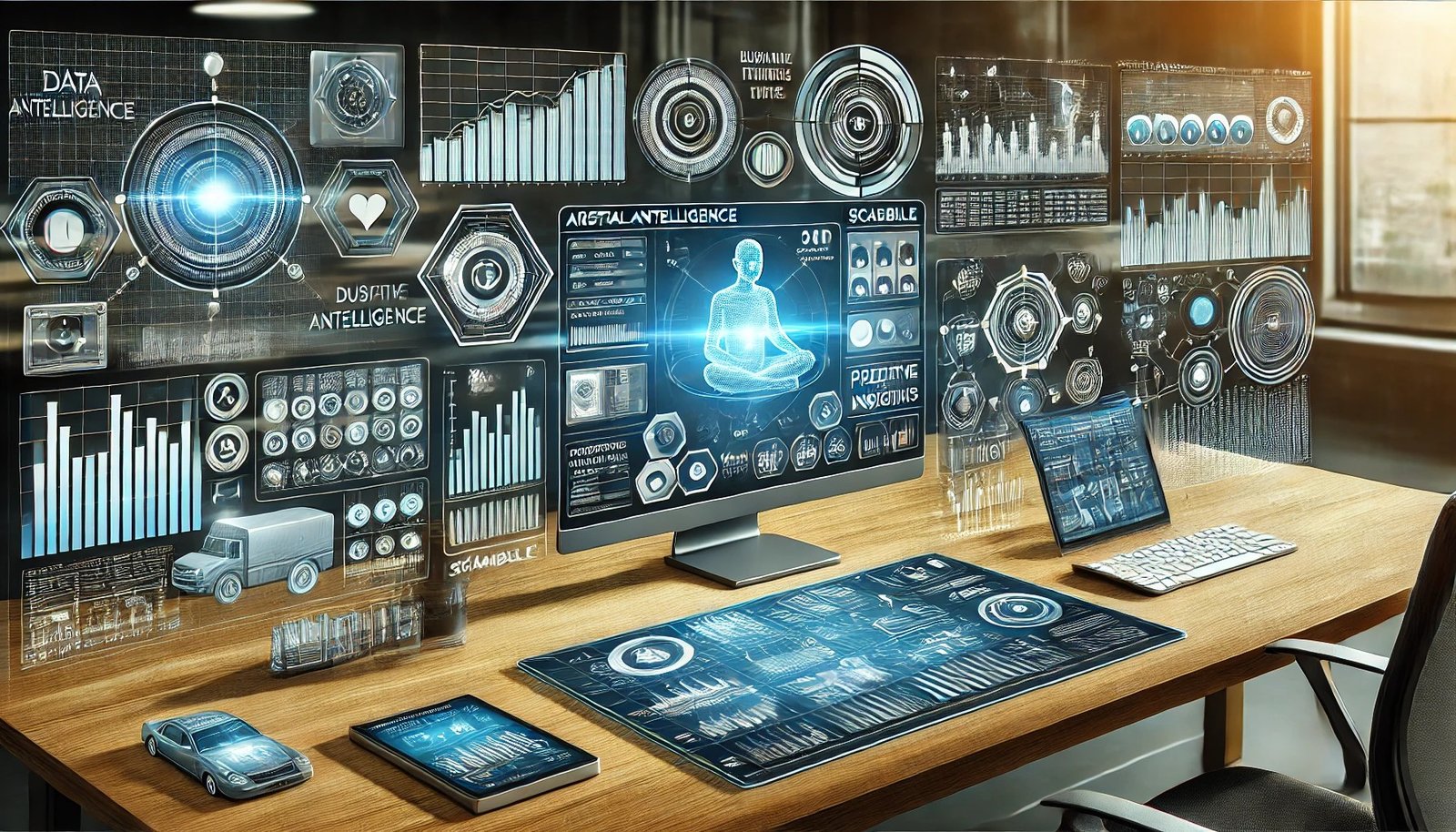Get embedded systems explained in simple terms — learn how these compact computing systems work, their real-world applications, architecture, and future trends in IoT and automation.
Introduction
You interact with embedded systems every single day — even if you’ve never heard the term before. From the microwave in your kitchen to the anti-lock brakes in your car and the smart thermostat on your wall, embedded systems are quietly running the world.
But what exactly is an embedded system? How does it differ from a general-purpose computer? And why are these systems so essential to modern life?
This guide gives you embedded systems explained in clear, practical terms — including architecture, real-world uses, and why they’re a key component in the future of tech.
1. What Is an Embedded System?
An embedded system is a dedicated computer system designed to perform a specific task or function, often within a larger mechanical or electrical system.
Unlike PCs or smartphones that run multiple applications, embedded systems are purpose-built, often with limited computing power, memory, and storage.
Example: A digital washing machine controller is an embedded system that only controls washing cycles — nothing else.
2. Key Characteristics of Embedded Systems
- ✅ Task-Specific – Designed for one job
- ✅ Real-Time Operation – Often needs instant response
- ✅ Compact & Efficient – Minimal hardware and software
- ✅ Reliable & Robust – Built for continuous or critical operation
- ✅ Low Power Consumption – Optimized for battery-powered devices
3. Components of an Embedded System
A typical embedded system consists of the following core components:
🔹 Microcontroller or Microprocessor
This is the brain, handling all control logic and data processing. Popular options include:
- ARM Cortex
- AVR (used in Arduino)
- PIC microcontrollers
🔹 Memory
Embedded systems typically use:
- ROM (Read-Only Memory) to store firmware
- RAM for temporary data handling
🔹 Input/Output Interfaces
Sensors (input) and actuators/displays (output) allow the system to interact with the physical world.
🔹 Software (Firmware)
Custom code written in C or C++, optimized for speed and size, and stored in non-volatile memory.
4. Real-World Applications of Embedded Systems
Embedded systems are all around us. Here’s where you’ll find them:
🔸 Consumer Electronics
- Smart TVs
- Washing machines
- Home automation hubs (Alexa, Nest)
🔸 Automotive
- Engine control units (ECUs)
- Airbag systems
- Adaptive cruise control
🔸 Healthcare Devices
- Pacemakers
- Blood pressure monitors
- MRI scanner controllers
🔸 Industrial Control
- Robotics systems
- PLCs (Programmable Logic Controllers)
- Smart factory automation
🔸 Telecommunications
- Mobile base stations
- Network routers
- Set-top boxes
5. Embedded Systems vs General-Purpose Computers
| Feature | Embedded System | General-Purpose Computer |
|---|---|---|
| Purpose | Single task | Multiple tasks |
| OS | Real-Time OS or bare metal | Full OS (Windows, Linux, macOS) |
| Power | Low | High |
| User Interface | Often none or minimal | Full interface (keyboard, screen) |
| Cost | Low | Higher |
6. Embedded Operating Systems
Many embedded systems run on lightweight or real-time operating systems (RTOS), such as:
- FreeRTOS
- Zephyr
- VxWorks
- Embedded Linux (e.g., Yocto, Buildroot)
These systems prioritize predictability and responsiveness, crucial in safety-critical applications like aviation or automotive control.
7. Future Trends in Embedded Systems
📡 IoT Integration
Embedded devices are now Internet-connected, forming the Internet of Things (IoT) — smart homes, smart cities, and more.
🤖 AI at the Edge
TinyML and edge computing allow embedded systems to run AI models locally, without cloud dependency.
🔋 Energy Efficiency
Battery life is critical. New embedded chips are being designed for ultra-low power operation.
🛡 Cybersecurity
As embedded devices go online, they become vulnerable. 2025 sees increased investment in embedded security protocols and secure boot loaders.
Conclusion
Embedded systems are the invisible workhorses behind most of today’s smart technology. They’re compact, reliable, and optimized for specific tasks, making them essential for everything from cars and wearables to medical devices and smart homes.
As IoT, AI, and automation evolve, embedded systems will only become more vital. Whether you’re a student, tech enthusiast, or professional, understanding embedded systems is key to navigating the future of technology.
FAQs
1. What is the difference between an embedded system and a regular computer?
Answer: Embedded systems are built for one specific task, while regular computers are general-purpose and run multiple applications.
2. Which language is most used in embedded systems programming?
Answer: C and C++ are the most common due to their low-level control, performance, and hardware compatibility.
3. What are real-time operating systems (RTOS)?
Answer: RTOSs are designed to process data and respond in real-time, essential for critical systems like airbags or medical monitors.
4. Are embedded systems used in smartphones?
Answer: Yes, smartphones contain many embedded systems, such as camera controllers, sensors, and battery management.
5. What’s the future of embedded systems?
Answer: They are increasingly connected to the internet (IoT), using AI for smarter decision-making, and becoming more energy efficient.















Leave a Reply